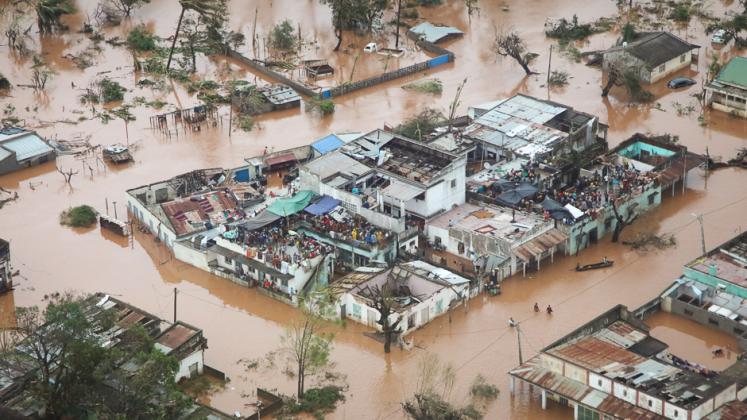The 2022 United Nations Climate Change Conference, or Conference of the Parties (COP27), held in Sharm el-Sheikh, Egypt, in November, produced a long-awaited agreement to set up a global “Loss and Damage” fund. Under negotiation since the early 1990s, the fund’s primary purpose is to provide financial assistance to developing countries that are vulnerable to and suffering from the adverse effects of climate change, such as the destruction of physical and social infrastructure.
The new funding arrangements will “focus on addressing loss and damage by providing and assisting in mobilizing new and additional resources”. Now that a decision to establish the fund has been made, the question of how vulnerable groups can access the money must be addressed.
People who live in developing countries, many of whom are already climate refugees, are particularly vulnerable to climate change. Those who live below the poverty line often reside in precarious housing, haphazard settlements, underserviced neighborhoods, and environmentally hazardous locations, such as steep slopes, riverbanks, and low-lying areas.
These populations suffer disproportionately relative to more affluent communities from extreme weather events, such as tropical cyclones, fluvial floods, and landslides. For example, the 2022 flood in Pakistan caused damages and economic losses of about US$30 billion. In addition, people in developing countries are affected by slow-onset processes, such as sea level rise, and non-economic losses and damages, such as loss of territory, cultural heritage, sense of place, and Indigenous knowledge.
Proactive measures could ensure that the money reaches even those communities who lack internet connections and the expertise required to make requests.
The transitional committee responsible for the operationalization of the new funding arrangements must assure that the most vulnerable and affected groups can access this critical financial support. The deliberations ought to focus on making financing inclusive. Flexible finance governance architecture, such as a database tracking social protection of vulnerable populations in each country, could mitigate inequalities.
Proactive measures could ensure that the money reaches even those communities who lack internet connections and the expertise required to make requests. For example, social security numbers, bank accounts, and smart (mobile) technologies could be linked to enable direct benefit transfers, similar to the system used in India to provide support during the COVID-19 pandemic.
Contingency funds should be established to provide rapid financial support to the affected groups in the immediate aftermath of future disasters. The Loss and Damage fund should also include long-term financing to support alternative, climate-resilient livelihoods. This provision could help address financing gaps in the case of slow-onset events and noneconomic losses. The litmus test for a fair and just Loss and Damage fund will be whether it serves those who need it the most.
This article was first published by Science and is republished here with permission of Science and the authors. Read the original article on Science.org.
Suggested citation: Bharat Dahiya, Okitasari Mahesti. "Accessing the Loss and Damage Climate Fund," United Nations University, UNU Centre, UNU-IAS, 2023-01-30, https://unu.edu/article/accessing-loss-and-damage-climate-fund.




